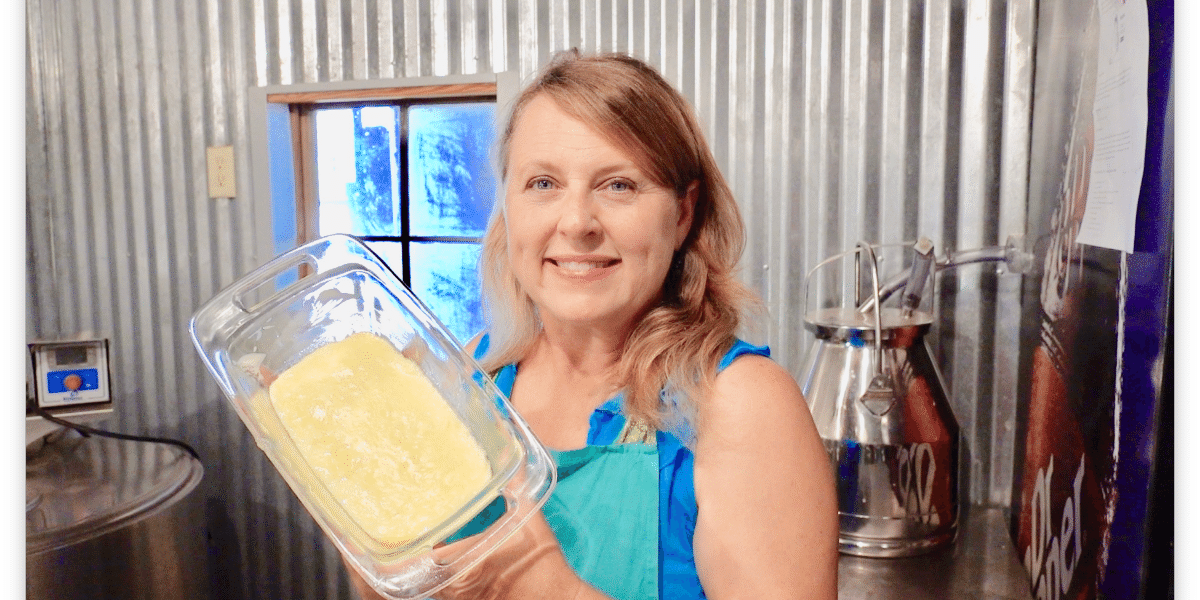Opening the Secrets of Artisanal Cheese Making: A Detailed DIY Overview
In the realm of cooking craftsmanship, artisanal cheese making stands as a testament to the delicate equilibrium between practice and development. Each action in the procedure, from selecting the appropriate milk to refining aging techniques, holds within it a riches of expertise passed down through generations. As we get started on this trip to debunk the art of producing exquisite cheeses, we are encountered with a tapestry of abilities and tricks waiting to be deciphered. Join us as we explore the details of this old craft, where art, patience, and scientific research assemble to generate flavors that tantalize the senses.
Choosing the Right Milk
When getting started on the trip of artisanal cheese making, the option of milk plays a crucial duty in identifying the high quality and features of the last item. The kind of milk picked affects the taste, appearance, and on the whole account of the cheese. Raw milk, directly from the pet, is liked by lots of artisanal cheesemakers due to its one-of-a-kind mix of enzymes, germs, and taste substances. However, using raw milk comes with dangers and regulations, making sterilized milk a safer choice for novices.
When selecting milk for cheese production, it is essential to consider the fat material. Higher fat web content in milk can lead to a creamier and richer cheese, while lower fat content may result in a drier and stronger texture. Additionally, the resource of the milk, whether from cows, goats, sheep, or buffalo, contributes distinct flavors and qualities to the cheese (Melbourne Made Cheese). Each kind of milk brings its own nuances, allowing for a large variety of cheese selections to be crafted based upon the chosen milk. Eventually, the selection of milk is a basic decision that establishes the structure for a successful artisanal cheese-making undertaking.
Culturing and Coagulating
To launch the cheese-making procedure, the critical steps of culturing and coagulating need to be thoroughly implemented to transform milk right into curds and whey. Culturing entails introducing advantageous bacteria to the milk, which after that begins the fermentation procedure. These bacteria transform lactose (milk sugar) into lactic acid, producing the acidic atmosphere needed for coagulation. The sort of culture utilized can considerably affect the taste, texture, and ripening of the final cheese item.

The timing and temperature level control during culturing and coagulation are crucial variables that influence the final result of the cheese. Correct execution of these steps is vital to make certain the wanted texture, taste, and consistency of the artisanal cheese being generated.
Draining and Pushing Curds
After the milk healthy proteins have actually coagulated and the curds have actually been cut to release whey, the following vital step in artisanal cheese making involves draining and pushing the curds to accomplish the desired texture and consistency of the last cheese item. The time for draining pipes can vary depending on the type of cheese being made and the desired moisture content.
Once the curds have completely drained, the following action is pressing. Pressing aids remove any type of remaining whey and compacts the curds to develop a solid cheese wheel. Pressing can be done using specialized cheese presses that apply gentle and consistent pressure over an amount of time. The duration and stress used throughout pushing will visit our website affect the final structure of celebrity, from soft and velvety to tough and firm. Correct pressing and draining pipes are important steps that considerably affect the quality and characteristics of the artisanal cheese being generated.
Aging and Flavor Techniques
Applying precise aging and flavor strategies is essential in enhancing my site the deepness and intricacy of artisanal cheeses, raising their preference accounts to exquisite degrees of refinement and sophistication. Aging plays a vital duty in developing the one-of-a-kind tastes and textures that identify artisanal cheeses.
Flavoring strategies likewise contribute significantly to the final preference of artisanal cheeses. Cheesemakers may select to present added flavors by integrating active ingredients such as natural herbs, flavors, and even fruits right into celebrity throughout the manufacturing process. In addition, some cheeses are cleaned or massaged with various fluids, such as salt water or alcohol, to improve their textures and tastes.
Wrapping and Storing Cheeses

Final Thought
In conclusion, mastering the art of artisanal cheese making involves meticulously choosing the right milk, following precise culturing and coagulating processes, draining pipes and pressing curds successfully, and utilizing various aging and flavoring techniques. Bear in mind to wrap and keep your cheeses properly to make sure ideal taste and appearance development.
Each kind of milk brings its very own nuances, permitting for a broad array of cheese ranges to be crafted based on the selected milk.After the milk healthy proteins have actually coagulated and the curds have been reduced to release whey, the next crucial step in artisanal cheese making involves draining and pressing the curds to accomplish the preferred texture and consistency of the final cheese product. A lot of cheeses must be covered in wax paper or cheese paper to permit them to take a breath while protecting them from drying out. For cheeses that need to continue aging, such as bloomy peels or cleaned peels, ensure they are stored in a trendy setting like a cheese cave or a refrigerator set to the suitable temperature. By paying interest to the covering and storage of artisanal cheeses, cheese makers and enthusiasts can preserve the integrity of these delicacies and totally appreciate their complicated tastes.